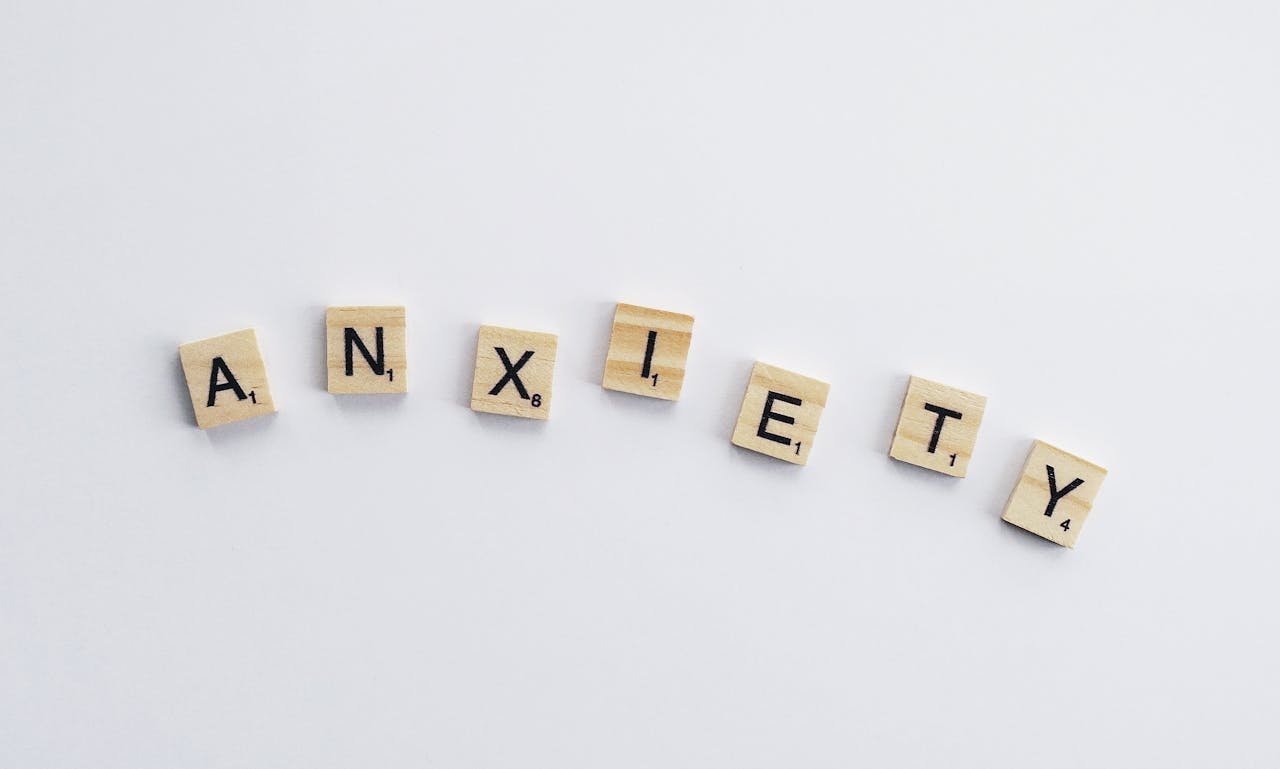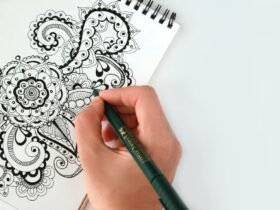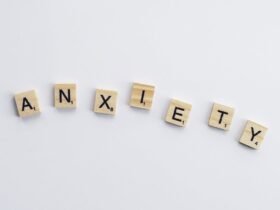Introduction to Art Therapy
Anxiety has become an all-too-familiar companion in modern life. The constant hustle, overwhelming responsibilities, and digital overload leave many feeling stressed and restless. While traditional therapies and medication play an essential role in treatment, art therapy is emerging as a gentle, creative approach to easing anxiety. The beauty of art therapy lies in its ability to help you express emotions that are often too complex for words. Whether through painting, drawing, or even sculpting, it provides an outlet for inner thoughts and creates a sense of calm and control.
How Art Therapy Reduces Anxiety: The Science
You may wonder: How does art therapy work to calm an anxious mind? The answer lies in its ability to activate the parasympathetic nervous system, which naturally counters the body’s stress response. Engaging in creative activities can lower cortisol (the stress hormone), reduce blood pressure, and promote a sense of mindfulness.
When you focus on an artistic activity, your mind shifts from chaotic thoughts to the present moment. This is similar to the effects of meditation. The repetitive motion of brushstrokes or shading a drawing can quiet overthinking and reduce the symptoms of anxiety. Additionally, creating something tangible gives you a sense of accomplishment and self-worth, which are often diminished when anxiety takes over.
Best Art Therapy Techniques for Beginners
Starting art therapy doesn’t require you to be an artist. In fact, the focus is on the process, not the product. Some simple techniques you can try include freehand drawing, doodling, and abstract painting. Freehand drawing is about allowing your hand to move instinctively, without judgment or a plan. Doodling, on the other hand, is repetitive, playful, and easy to do anywhere, making it ideal for moments when stress creeps in unexpectedly.
Another effective method is collage-making. This involves cutting images or words from magazines and assembling them into a personal expression. It’s a fun way to channel emotions, discover patterns in your thoughts, and process your worries. For those who prefer tactile activities, working with clay or building simple sculptures can also be deeply soothing.
Examples of Activities to Try at Home
If you’re unsure where to begin, start small with simple projects. Painting with watercolors is a popular activity because it allows you to experiment without fear of making mistakes. Let the colors flow across the paper and observe how the process feels. Coloring books for adults are another excellent option. They’re accessible, require minimal supplies, and offer a structured yet relaxing activity.
You can also create an art journal where you draw, paint, or write about your daily thoughts. Try to approach this without any expectations—it’s about expressing yourself, not creating a masterpiece. Art therapy, in its purest form, gives you permission to “let go” and enjoy the experience.
How to Start Your Art Therapy Journey at Home
Art therapy doesn’t have to involve professional help to get started. All you need are basic supplies like pencils, paints, and a sketchbook. Create a quiet, comfortable space in your home where you can work uninterrupted. Set aside 15 to 30 minutes each day to engage with art in whatever form feels right for you. Play calming music in the background, light a candle, or sip tea to enhance the experience.
Remember, consistency is key. Even on days when you feel stuck or unmotivated, simply sitting down to draw a few lines can make a difference. Over time, you’ll find that art becomes more than just a hobby—it becomes a tool to navigate life’s challenges with greater ease.













Leave a Reply